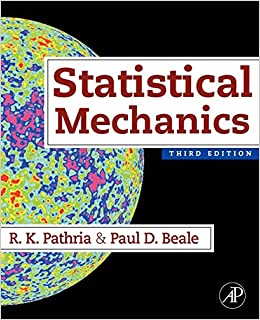Consider an ideal Bose gas confined to a region of area (A) in two dimensions. Express the
Question:
Consider an ideal Bose gas confined to a region of area \(A\) in two dimensions. Express the number of particles in the excited states, \(N_{e}\), and the number of particles in the ground state, \(N_{0}\), in terms of \(z, T\), and \(A\), and show that the system does not exhibit Bose-Einstein condensation unless \(T ightarrow 0 \mathrm{~K}\).
Refine your argument to show that, if the area \(A\) and the total number of particles \(N\) are held fixed and we require both \(N_{e}\) and \(N_{0}\) to be of order \(N\), then we do achieve condensation when
\[
T \sim \frac{h^{2}}{m k l^{2}} \frac{1}{\ln N}
\]
where \(l[\sim \sqrt{ }(A / N)]\) is the mean interparticle distance in the system. Of course, if both \(A\) and \(N ightarrow \infty\), keeping \(l\) fixed, then the desired \(T\) does go to zero.
Step by Step Answer:






